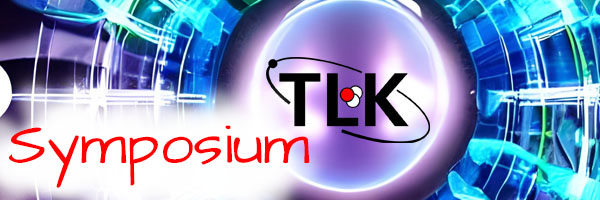Speaker
Description
Raman spectroscopy has become one of the cornerstones of laser analytical methods to identify, and quantify, chemical compounds, and for use in determining material composition. Its great advantages are that (i) only one a single, fixed-wavelength laser is required; (ii) any molecular compound can be investigated, even in multi-component mixtures; (iii) any type of material can be probed, irrespective of aggregate state – gaseous, liquid or solid; and (iv) the analysis can be carried out contactless, in situ and with spatial resolution, if required.
After a brief introduction into the principles of Raman spectroscopy, a few key examples from operations at TLK will be discussed – ranging from fundamental science to chemical process control, and applications to surface science.

